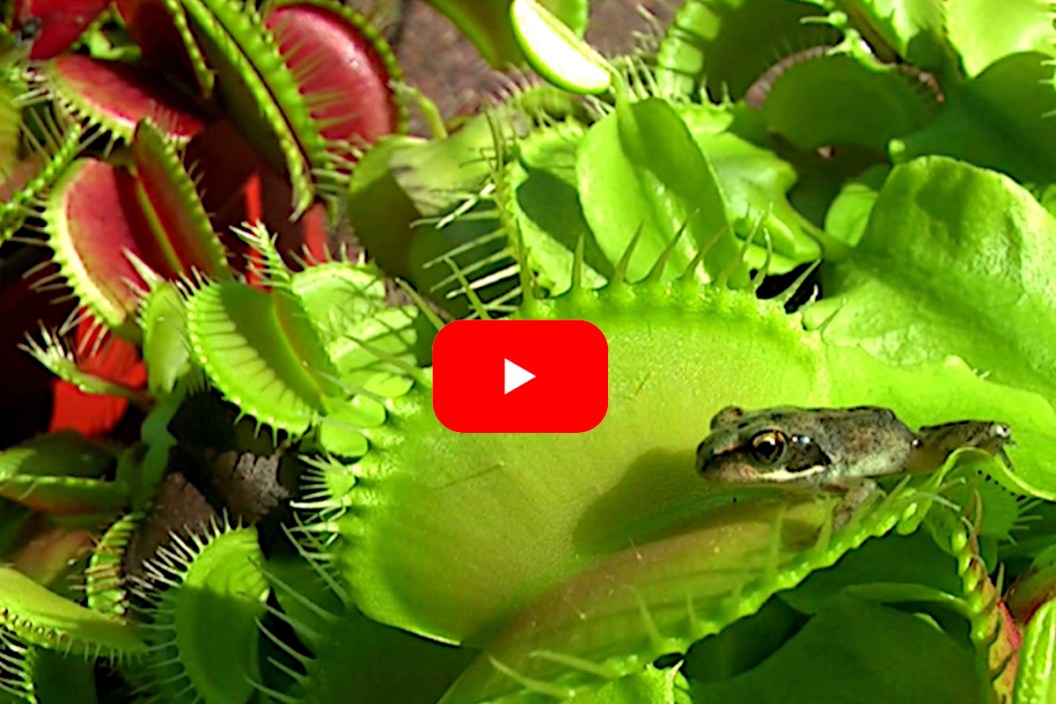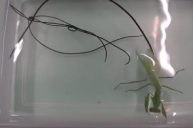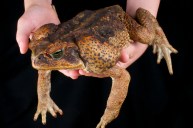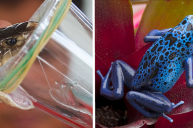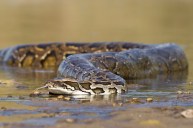The Venus flytrap eats more than just insects.
Earth is filled with all sorts of natural wonders, and carnivorous plants are one of the strangest. Simply because there are not a ton of meat-eating plants out there. There are bladderworts, pitcher plants, and sundews. The one most people know is the famous Venus fly trap (Dionaea muscipula).
The name is appropriate since the plant looks like it is from another world. The leaves are filled with snap traps filled with trigger hairs. All it takes is something brushing up against those tiny bristles to spring the trap shut.
While most people may believe only insects need to worry about these plants, this video shows small frogs have something to fear from this plant too. It is fascinating to watch because we are not used to the food chain operating in this manner.
The Venus flytrap has extremely limited range. It is only found in nutrient-poor soils of the wetlands of North Carolina and South Carolina. While it has been cultivated in greenhouses all over the world, they are vanishing from the wild. Mostly due to habitat loss and poaching of wild plants.
This video was like a reverse of almost every National Geographic video we have seen prior. Those little frogs did not stand a chance against these carnivores. The more surprising part is that the frogs did not put up much of a fight once captured. Another video on the same channel shows that the digestive juices to work on frogs once captured, albeit not as well as insects, which are usually reduced to only an exoskeleton. In case you are wondering why some frogs got away and others did not, the answer is in the nature of the plant itself.
Venus flytraps will not trigger with just one hair being touched. A second hair must be trigged within a certain time frame for the plant to expel energy shutting the trap. This is a fascinating design by nature. The reason for this fail safe is to keep the trap from triggering every time raindrops or other debris hit the snaps. It also acts as a failsafe in case the trap is tripped by accident anyway. The plant will only start secreting digestive enzymes once multiple trigger hairs have been set off. This is usually done when the prey struggles to get away. One thing is for sure, we will never look at a Venus fly trap the same way again after seeing what they are capable of!
For more outdoor content from Travis Smola, be sure to follow him on Twitter and check out his Geocaching and Outdoors with Travis YouTube channels.
NEXT: THE AXIS DEER AND HOW THEY'RE IMPACTING PARTS OF THE UNITED STATES
WATCH
